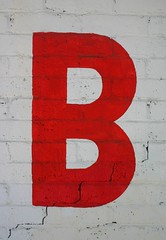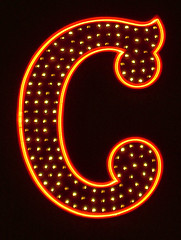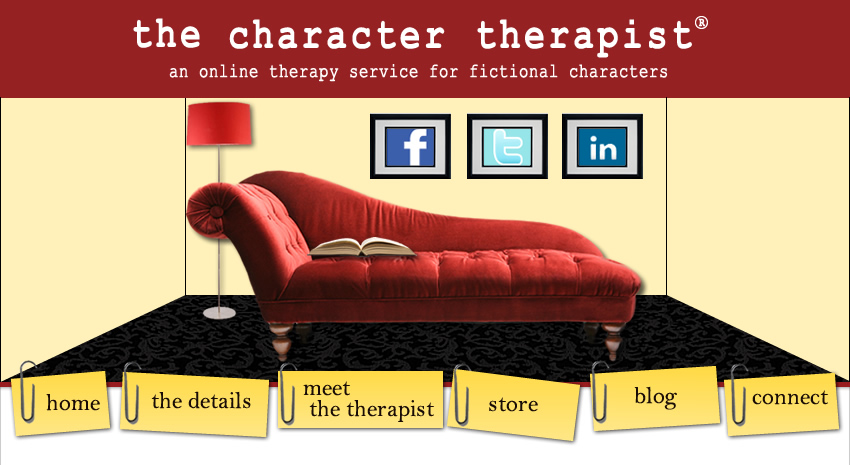 Since I just completed a second interview for a behavioral specialist position in a school, I thought I'd write about some of the things I brushed up on for the interview.
Since I just completed a second interview for a behavioral specialist position in a school, I thought I'd write about some of the things I brushed up on for the interview.One of the things we need to think about when we're writing out our character's behaviors is what the FUNCTION of that behavior is. The easiest way to figure this out is to use an ABC chart. There are many versions of this chart and what the letters stand for, but the behavioral chart is as follows:
A = Antecedent
B = Behavior
C = Consequence
Once you fill in what precedes and follows the behavior, you can start to get an idea what "function" that behavior is serving at that particular time for that particular person. (This is very helpful when children are acting out, as you might can imagine!) The object of therapy would be to meet the need through some alternative way, and use motivation to chan
 ge the undesired behavior at the same time.
ge the undesired behavior at the same time.Here's an example. And because my specialty is children, let's say you wrote in a child in your story...Haley. Haley comes from a recently divorced family. The mother has custody and often finds herself crying and battling depression over the outcome of her "perfect" family falling apart. Every time she has a crying bout, Haley ransacks her bedroom, and the mother, at her wits end, spanks Haley every time, screaming at her how she's making a bad situation worse.
Whoa. Time out. Let's look at this!
What happens immediately preceding the ransacking? Mother is crying.
What happens immediately following the ransacking? Mother screams at and spanks Haley.
So what function
 could Haley's behavior have? You'll know when you're writing (hopefully) what the function is...because this will likely be part of the character arc...for Haley to have the need met through some other, healthier manner. For instance, Haley might feel the divorce was her fault (as children often do) and feel overwhelming guilt every time her mother cried. So she ransacks her room in anger at herself. Wouldn't that knowledge change the mother's response to Haley? Instead of heaping even more guilt on Haley's shoulders (about making a bad situation worse), the mother would likely respond with love and affection, soothing the child instead of escalating things.
could Haley's behavior have? You'll know when you're writing (hopefully) what the function is...because this will likely be part of the character arc...for Haley to have the need met through some other, healthier manner. For instance, Haley might feel the divorce was her fault (as children often do) and feel overwhelming guilt every time her mother cried. So she ransacks her room in anger at herself. Wouldn't that knowledge change the mother's response to Haley? Instead of heaping even more guilt on Haley's shoulders (about making a bad situation worse), the mother would likely respond with love and affection, soothing the child instead of escalating things.So think about how you want your characters to act and WHY. Internal and external motivations are the "why," but you can get as creative as you like with the "how." How would a 10-year old manifest inner feelings of guilt? How would a go-getter attorney manifest disappointment in himself? Find out what function the behavior will have, and then "heal" your poor characters by replacing it with something healthier.
Q4U: Have you thought about the reason BEHIND the behaviors you give your characters?








